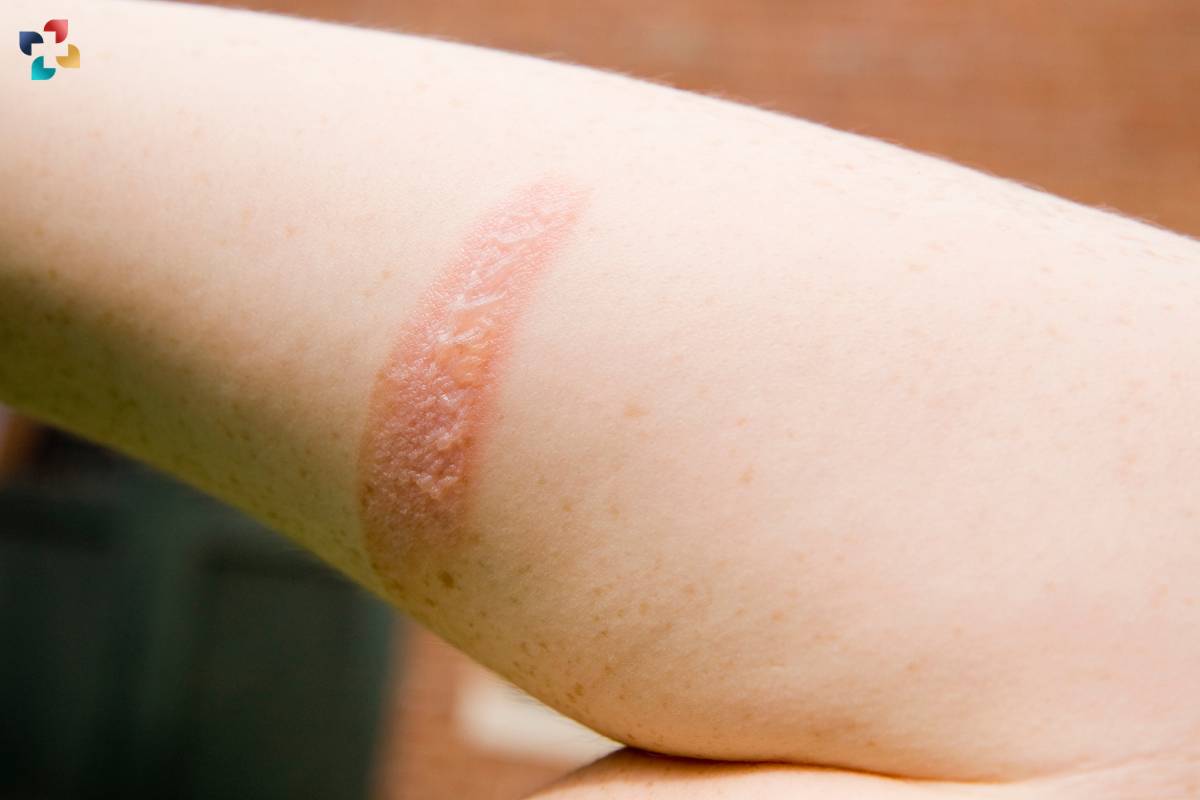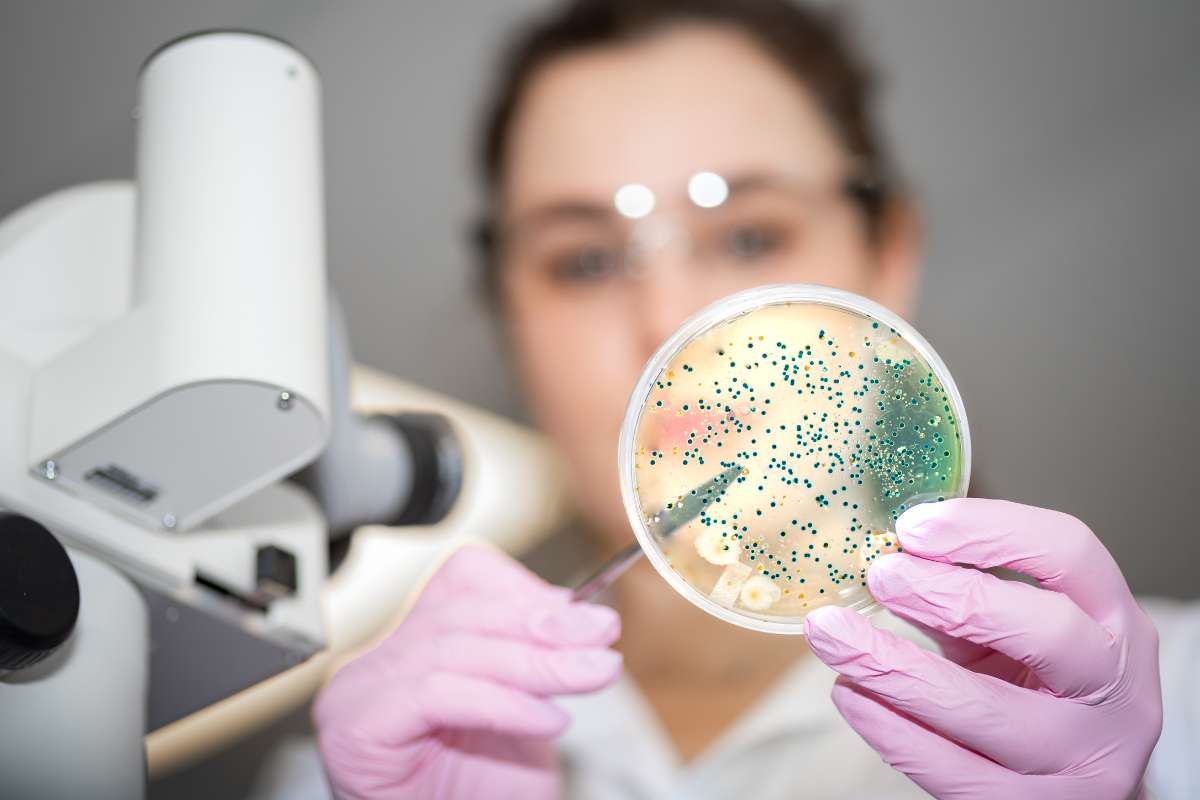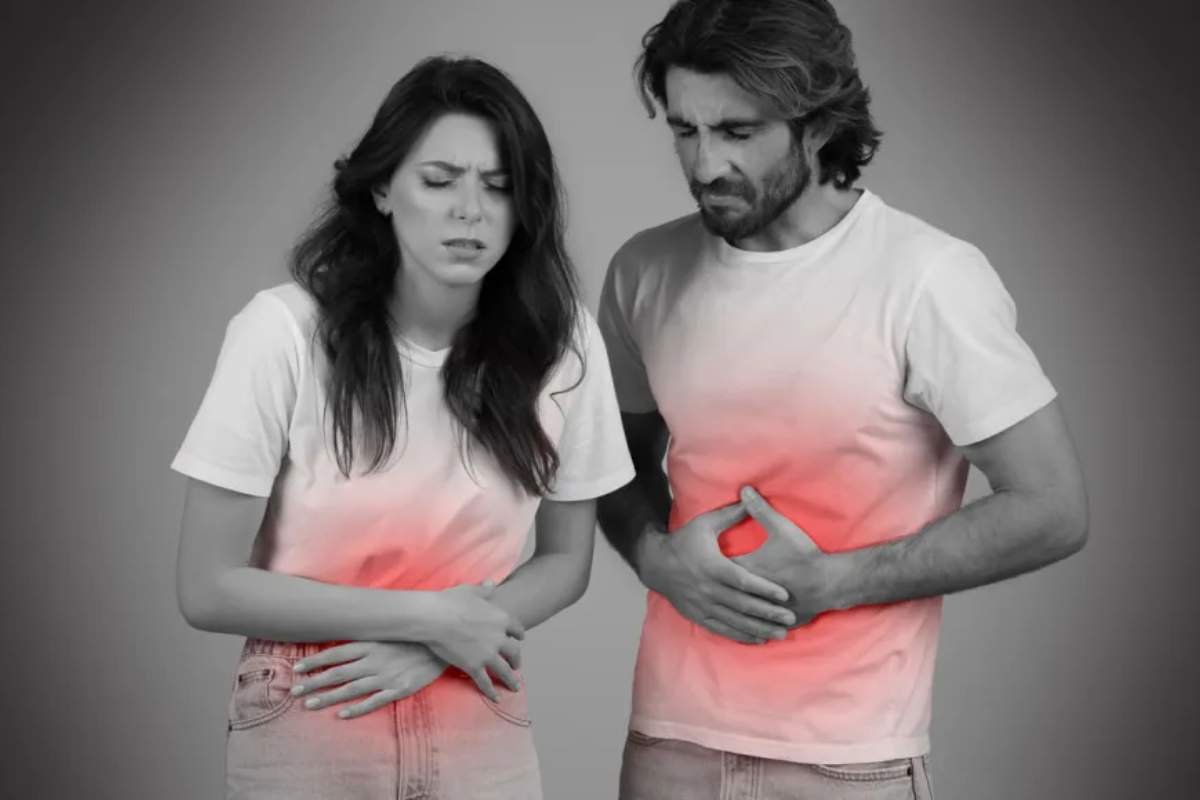Introduction:
Second-degree burns are a type of burn injury that affects both the epidermis and the underlying dermis layer of the skin. These burns can result from various sources, including exposure to heat, chemicals, electricity, or radiation. Understanding the causes, symptoms, and treatment options for second-degree burns is crucial for proper management and optimal recovery. In this article, we will delve into the characteristics of second-degree burns, explore their symptoms, and discuss the appropriate medical interventions for effective healing.
Characteristics of Second-Degree Burns:
Second-degree burns, also known as partial-thickness burns, penetrate deeper into the skin compared to first-degree burns, affecting both the outer layer (epidermis) and the underlying dermis layer. These burns are characterized by symptoms such as redness, blistering, swelling, and severe pain. Unlike first-degree burns, which typically heal on their own without scarring, they may result in scarring and require medical attention to prevent complications.
In addition to the physical symptoms mentioned, second-degree burns can vary in severity, ranging from superficial to deep partial-thickness burns. Superficial they typically involve damage to the upper layers of the dermis, causing intense pain, redness, and blistering. These burns often heal within a few weeks with proper wound care, although they may leave behind pigmentation changes or mild scarring.
Conversely, deep partial-thickness second-degree burns extend deeper into the dermis, leading to more pronounced symptoms such as increased pain, thicker blistering, and a higher risk of complications. Healing from deep partial-thickness burns may take several weeks to months, and scarring is more likely to occur. In some cases, deep second-degree burns may require surgical intervention, such as debridement or skin grafting, to promote optimal healing and reduce the risk of long-term sequelae.
Moreover, second-degree burns can be classified based on the extent of skin involvement, with small, isolated burns being considered minor injuries and larger, more widespread burns requiring specialized medical care. Factors such as the cause of the burn, the location on the body, and the individual’s overall health can also influence the severity and prognosis of second-degree burns.
Overall, recognizing the characteristics and severity of second-degree burns is crucial for appropriate management and treatment planning. Timely intervention, proper wound care, and medical supervision are essential to promote optimal healing and minimize the risk of complications associated with these types of burns.
Symptoms of Second-Degree Burns:
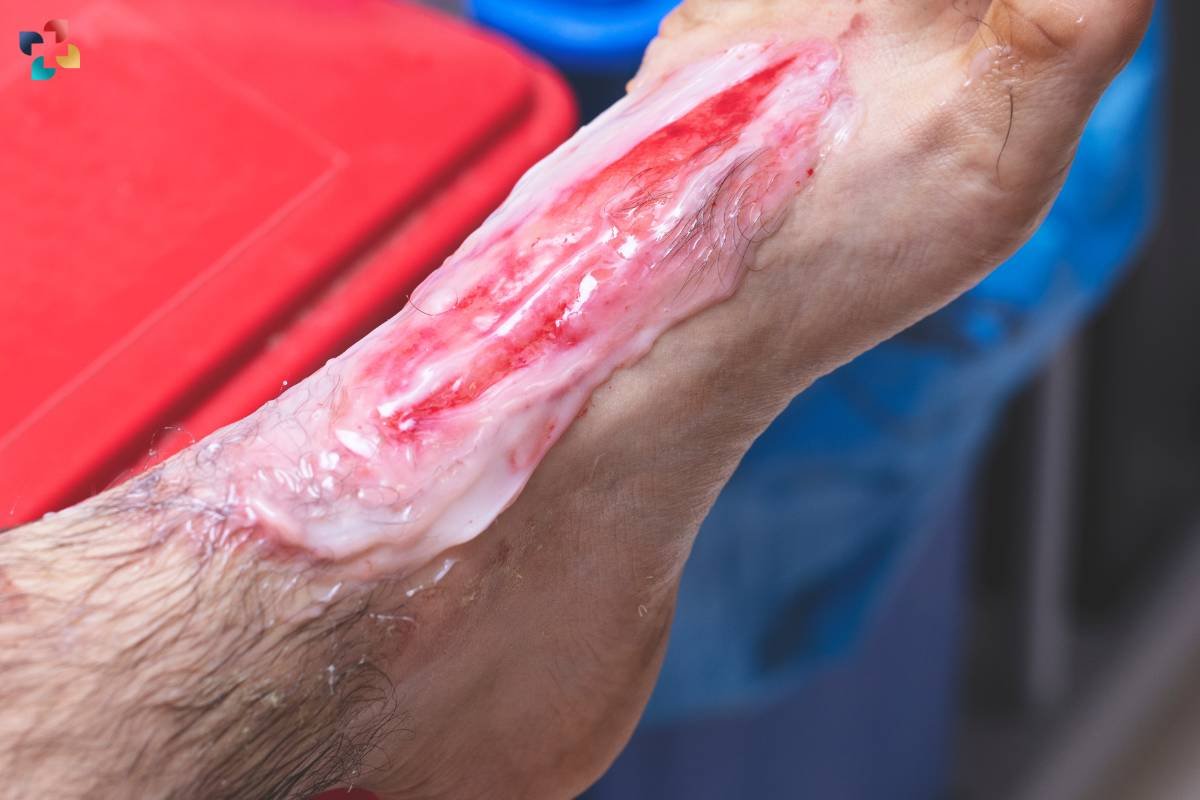
The symptoms of second-degree burns can vary depending on the severity of the injury. Common signs and symptoms include:
- Redness: Second-degree burns often present with redness and inflammation in the affected area.
- Blisters: Blisters may form as a result of fluid accumulation between the layers of the skin.
- Pain: Second-degree burns can cause significant pain and discomfort, especially when the nerve endings are affected.
- Swelling: Swelling may occur around the burn site as a natural response to tissue damage and inflammation.
- Peeling Skin: As the burn heals, the affected area may experience peeling or shedding of the skin.
In addition to the aforementioned symptoms, individuals with second-degree burns may experience increased sensitivity to touch or temperature changes in the affected area. The skin surrounding the burn site may appear swollen and inflamed, and there may be a noticeable difference in skin texture, with the area feeling moist or slippery to the touch due to blistering. Moreover, severe pain and discomfort are often present, especially when the affected area is exposed to air or friction. As the burn heals, the blistered skin may begin to peel or slough off, revealing raw, tender tissue underneath.
Treatment Options for Second-Degree Burns:
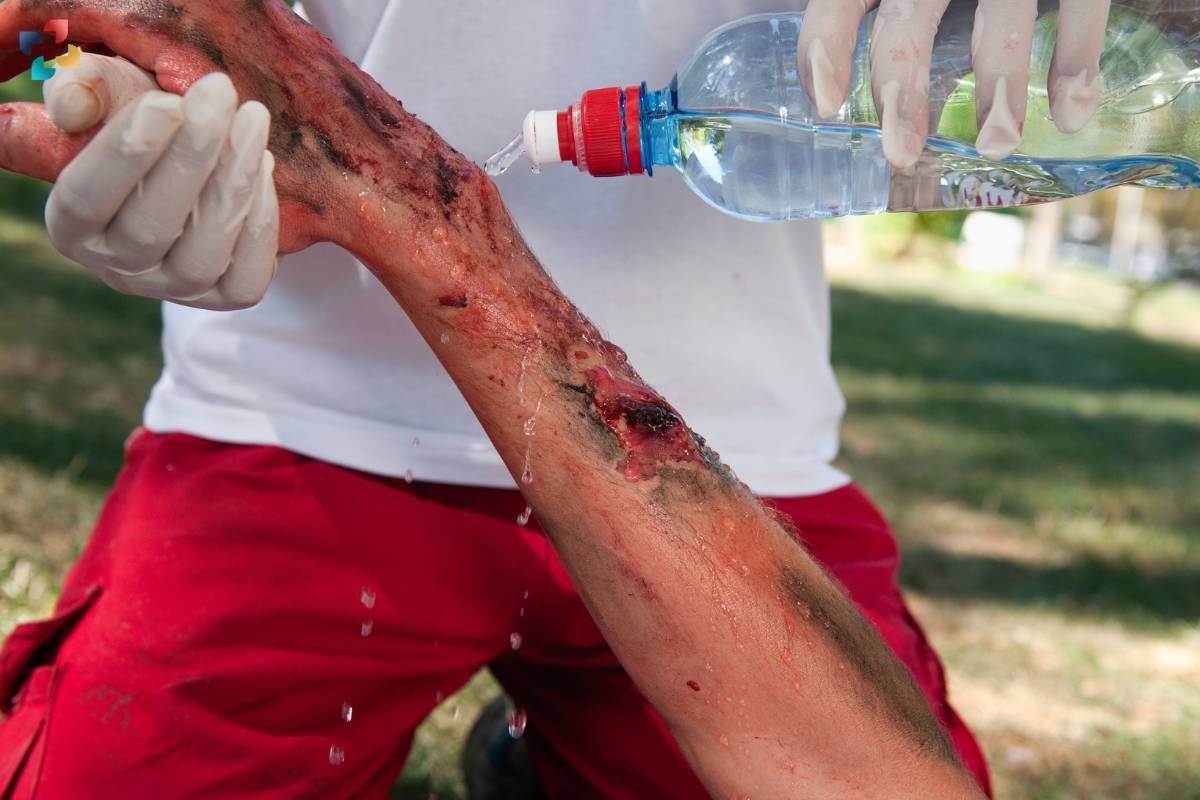
The treatment of second-degree burns aims to relieve pain, prevent infection, and promote healing. Depending on the severity of the burn, treatment options may include:
- Cool Water Therapy: Immediately after sustaining a second-degree burn, it is essential to cool the affected area with cool (not cold) water to reduce pain and inflammation.
- Topical Ointments: Applying antibiotic ointments or burn creams to the affected area can help prevent infection and promote healing.
- Dressings: Non-adherent dressings or sterile gauze can be used to cover the burn and protect it from further damage.
- Pain Management: Over-the-counter pain relievers such as ibuprofen or acetaminophen may be recommended to alleviate pain and discomfort.
- Medical Evaluation: In severe cases or if the burn covers a large area of the body, seeking medical attention from a healthcare professional is essential. In some instances, hospitalization and specialized wound care may be necessary.
Prevention and Recovery:
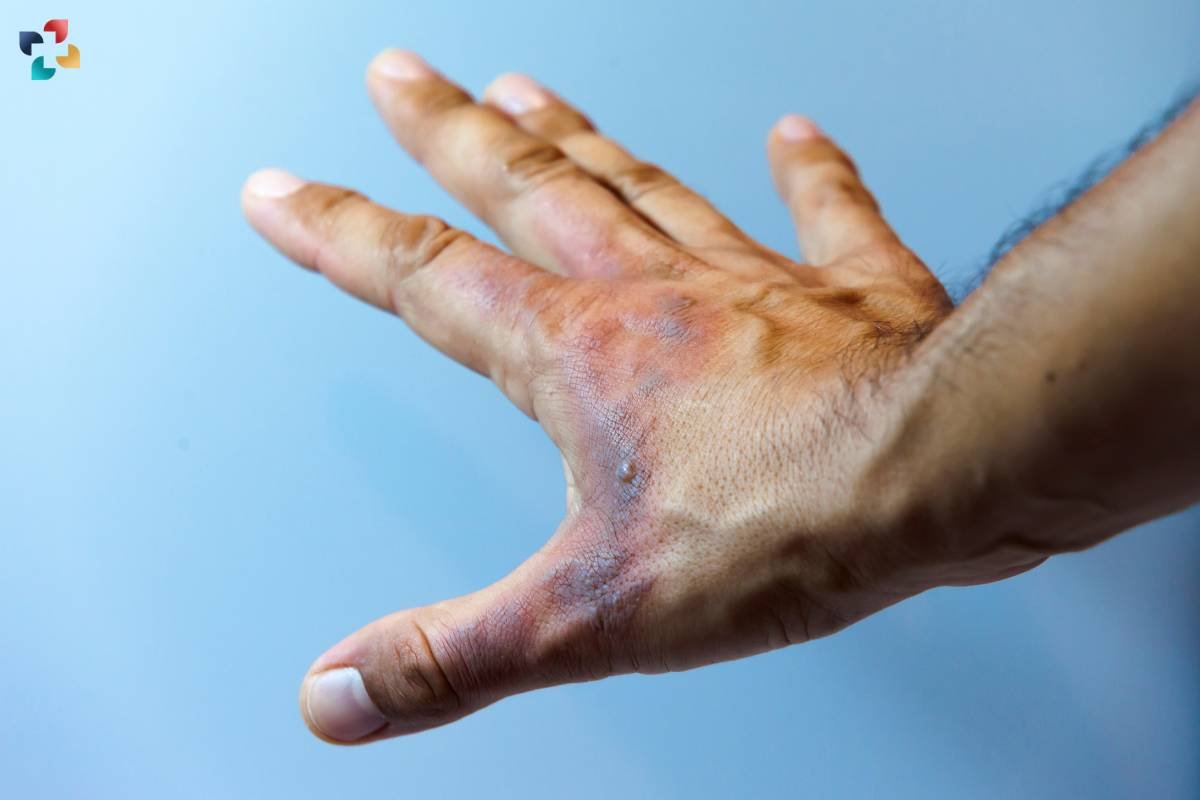
Preventing second-degree burns involves taking precautions to avoid exposure to heat sources, chemicals, or other hazardous materials. Safety measures such as using protective equipment, practicing fire safety, and following proper handling procedures for hot objects can help reduce the risk of burn injuries. Additionally, adhering to proper first aid protocols and seeking prompt medical attention for burn injuries can facilitate faster recovery and minimize complications.
Conclusion:
Second-degree burns are a common type of burn injury that can result in significant pain and discomfort. Understanding the causes, symptoms, and treatment options for second-degree burns is essential for prompt and effective management. By following proper safety measures, seeking timely medical attention, and implementing appropriate treatment interventions, individuals can promote healing and minimize the risk of complications associated with second-degree burns.
FAQs
1. What causes second-degree burns?
Second-degree burns are typically caused by exposure to heat sources such as flames, hot liquids, steam, or contact with hot objects. They can also result from prolonged exposure to ultraviolet (UV) radiation or chemicals.
2. How can I differentiate between a first-degree and a second-degree burn?
First-degree burns usually only affect the outer layer of the skin and are characterized by redness and mild pain. Second-degree burns penetrate deeper into the skin, causing blistering, swelling, and severe pain.
3. What should I do if I suffer a second-degree burn?
If you sustain a second-degree burn, it’s important to immediately cool the affected area with cold water to help alleviate pain and prevent further damage. Seek medical attention promptly, especially if the burn is large, affects sensitive areas, or shows signs of infection.
4. How long does it take for a second-degree burn to heal?
The healing time for second-degree burns can vary depending on the size and severity of the injury. Generally, these burns may take several weeks to heal completely, and scarring may occur.
5. Can I treat a second-degree burn at home?
While minor second-degree burns can be treated at home with proper wound care, it’s crucial to seek medical advice for severe or extensive burns. Home remedies like applying aloe vera gel or a clean, damp cloth to the burn area can help soothe pain and promote healing, but medical attention is essential for proper assessment and treatment.

Demystifying Red Spots on Skin: Causes, Symptoms, and Treatment Options
In this comprehensive guide, we delve into the various causes, symptoms, and treatment options for red spots on the skin, empowering readers to better understand and address this common dermatological concern.

